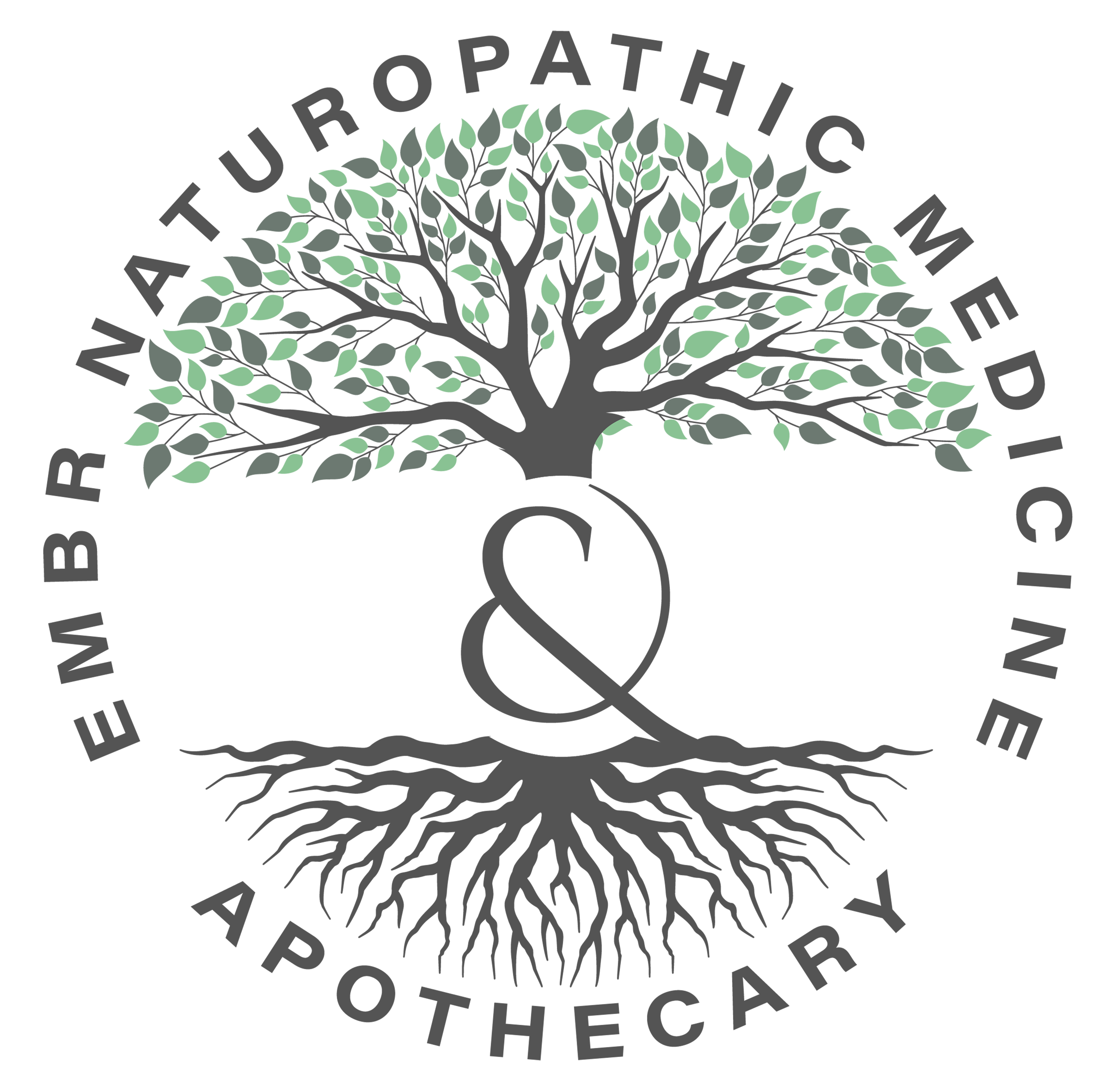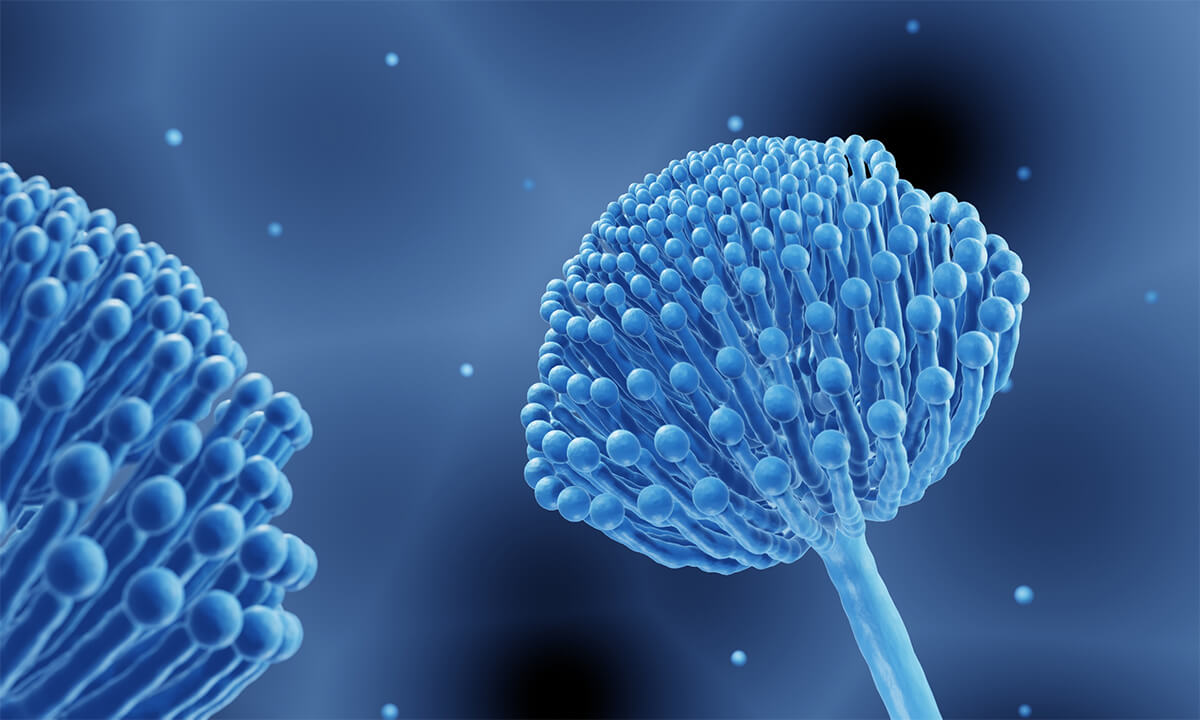Mold toxins in our living spaces and foods?
Have you ever wondered whether or not you are being exposed to mold toxins while sitting in your home or at your workplace? What about as an undergraduate student living in the dorms? Have you ever seen black spots on your windowsill or in your shower? Have you ever picked the moldy part off of fruits or berries, and then proceeded to eat the rest of it?
What we have come to learn about our environment is that there are a multitude of harmful toxins that we are exposed to on a daily basis. As buildings age, the moisture that accumulates in hidden spaces, such as our HVAC systems, crawl spaces, attics, behind drywall, in basements, in bathrooms, etc. can lead to an overgrowth of mold, endangering anyone within the vicinity.
We also know that even if mold is treated and/or removed, that the toxins that had previously been released from the living mold can continue to remain in high concentrations in dust particles in the air, as well as on the surfaces in the home. The tricky part with mycotoxins is that they are so small that you cannot visibly see them with the naked eye.
Where else can mold mycotoxins be found, and what other routes of exposure are Americans at risk of? There are foods in our diet that are also common culprits for mold growth, including:
- Coffee beans
- Peanuts / peanut butter
- Pre-packaged grains / wheat products
- Corn and soy products
- Grapes / raisins / grape juices / wines
- Trail mixes (especially pre-packaged)
The biggest challenge with the foods in this country is not knowing where our pre-packaged foods have been manufactured, warehoused, or stored prior to stocking them on the shelves in our local grocery stores.
Some of the negative health impacts of mycotoxins include:
- Immune dysfunction / dysregulation (including both immune suppression and an increased risk for developing autoimmune diseases)
- Cellular damage at the level of DNA
- Oxidative damage to the central and peripheral nervous systems
- Oxidative damage to the hypothalamic-pituitary axis, resulting in irregular downstream hormone production
- Liver and kidney damage
- Cardiotoxicity / toxic to the cardiovascular system
It is for these reasons that it is imperative for us to be mindful of not only our exposure risk, but also to think about all of the ways that we can detoxify the body to effectively get these toxins out of the system. The reason this can be a challenging process is because the process of mobilizing toxins from our fat, bones, kidneys, other tissues hidden throughout our body is essential; however, if the rate limiting step is eliminating these toxins through our excretory pathways, then it is not safe to rapidly mobilize them into the bloodstream.
If you are interested in exploring the different types of diagnostic testing that can determine your mycotoxin burden, and/or if would like to learn more information about how to safely eliminate these toxins from your body in a way that is not going to increase the oxidative burden to your essential organs, then please contact our office for a complimentary 10-minute phone call today!

